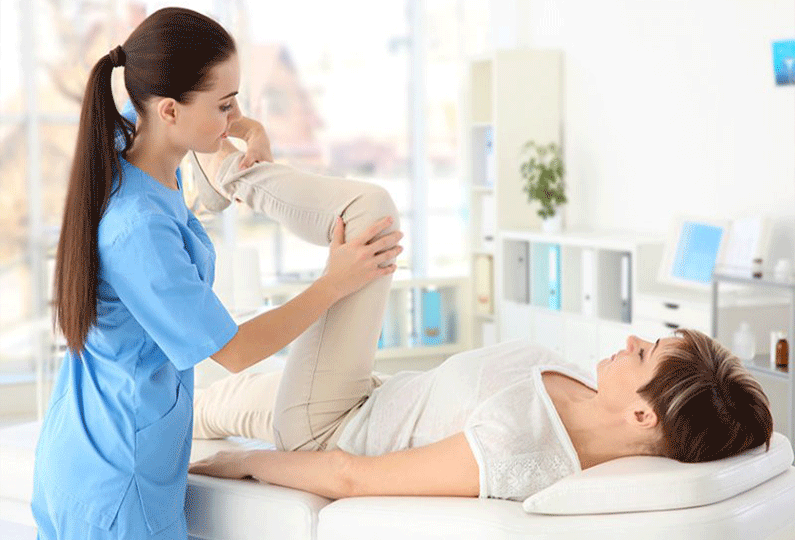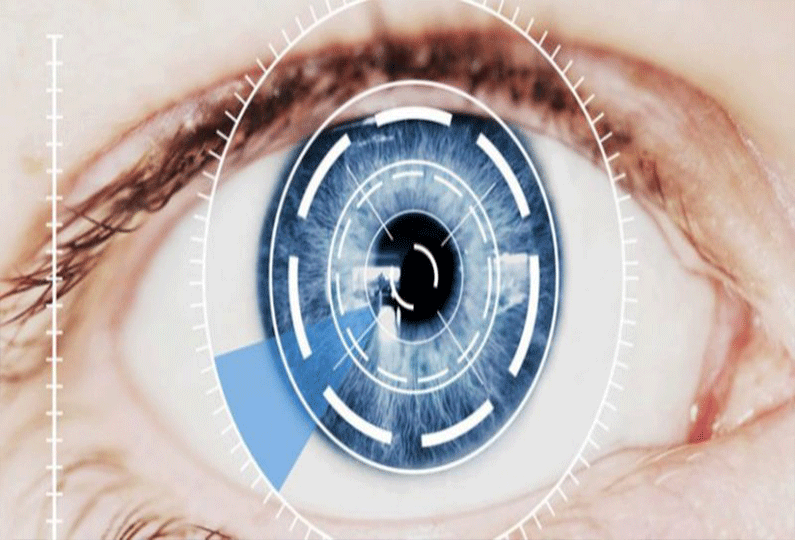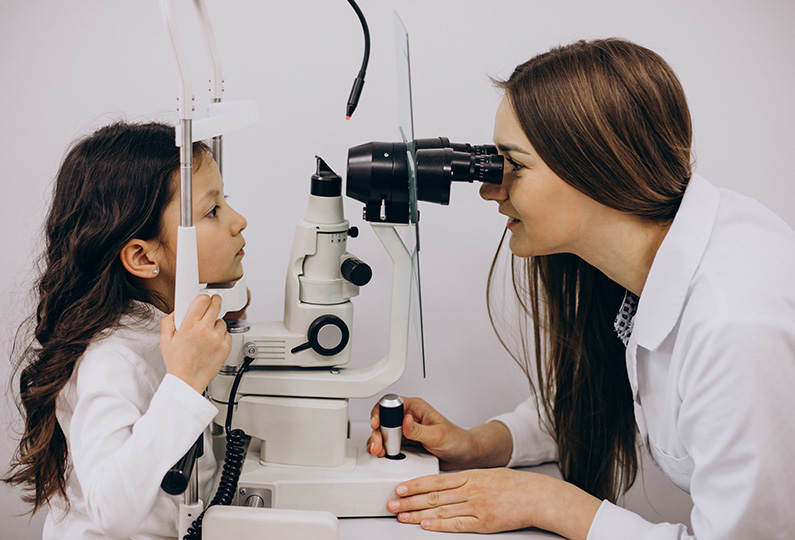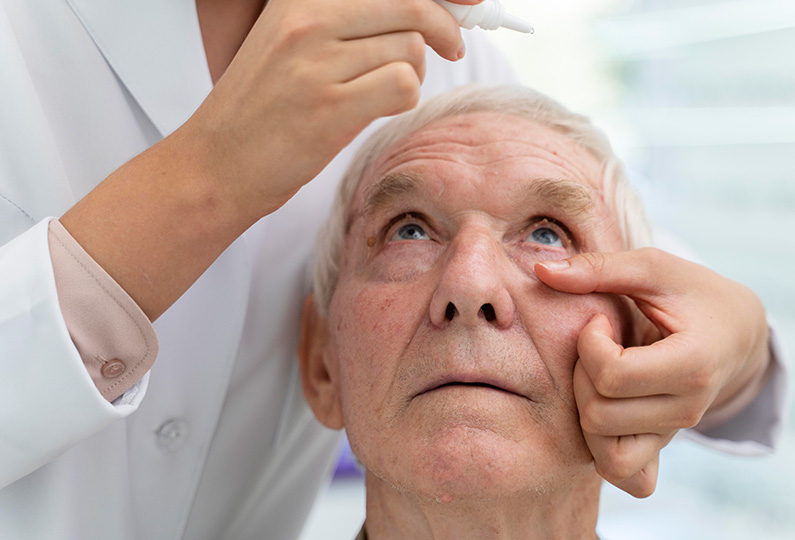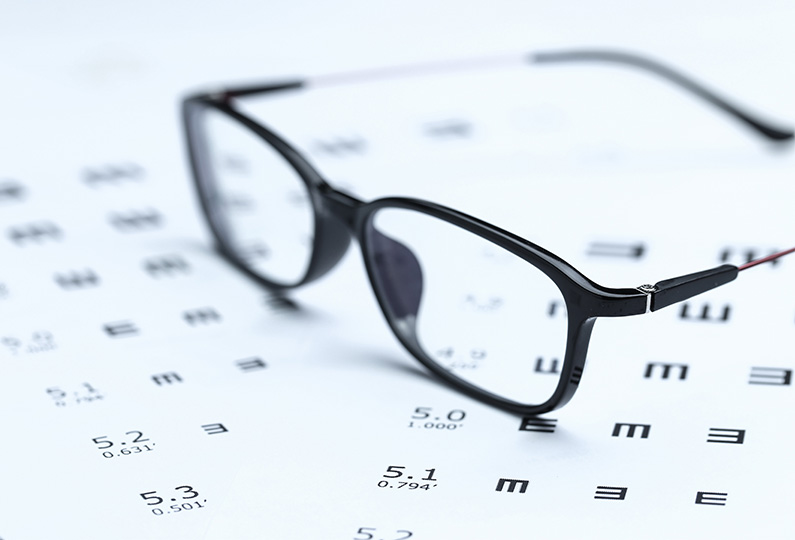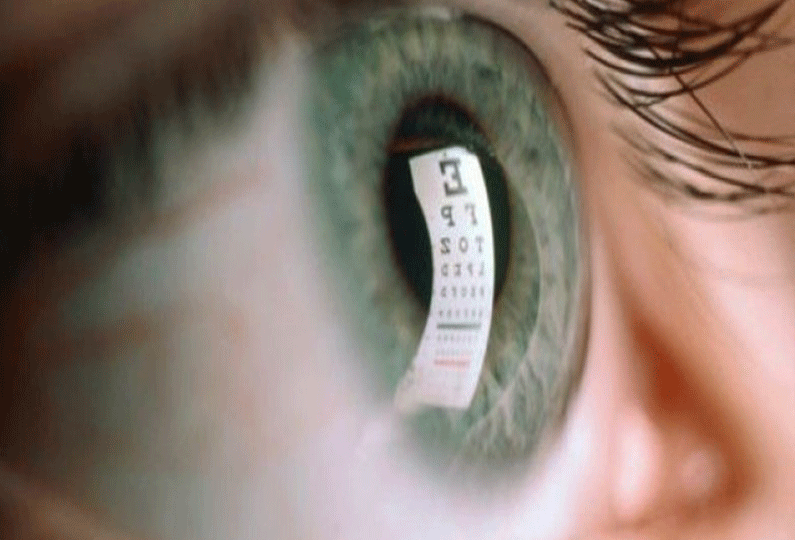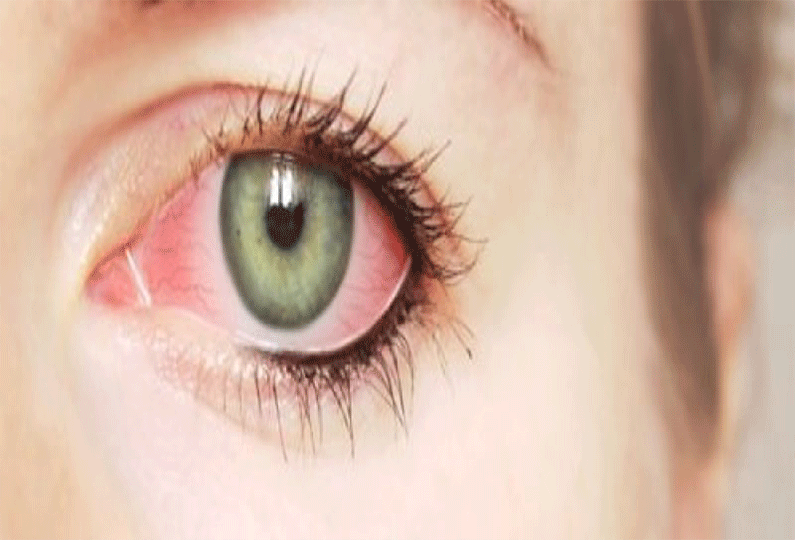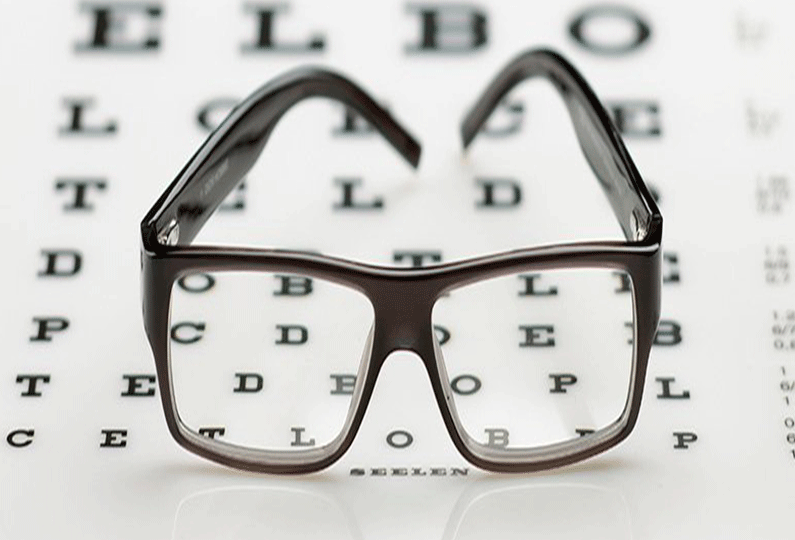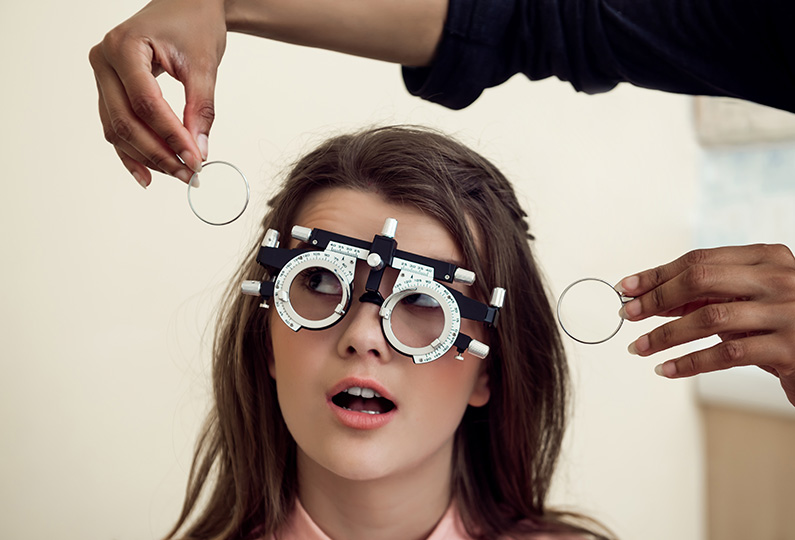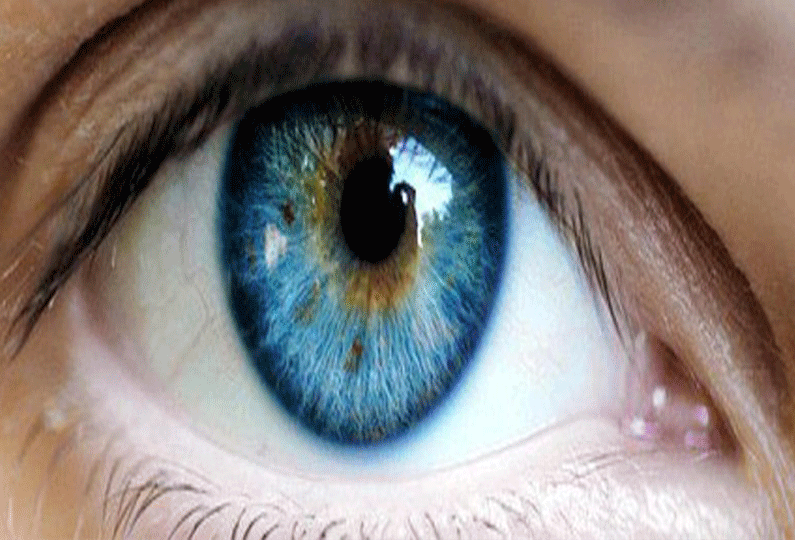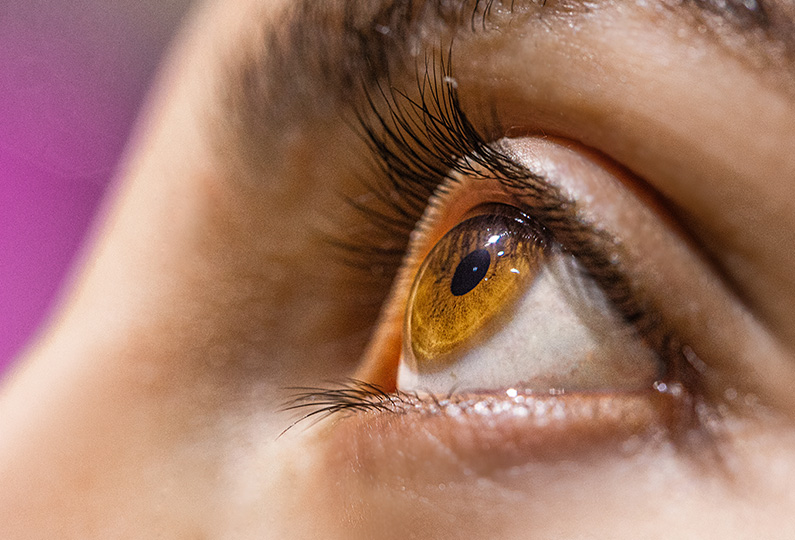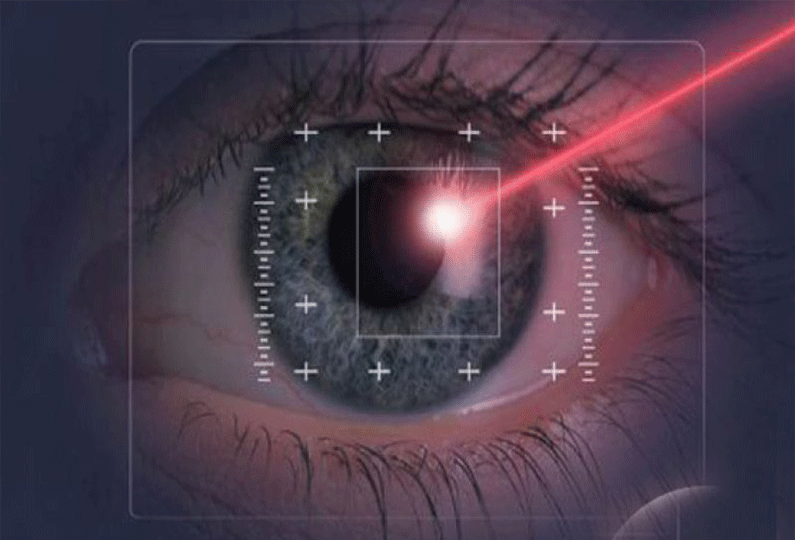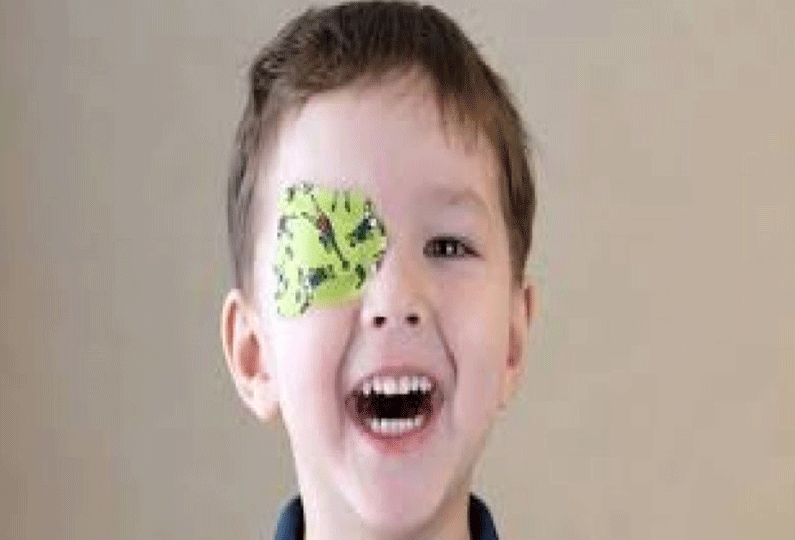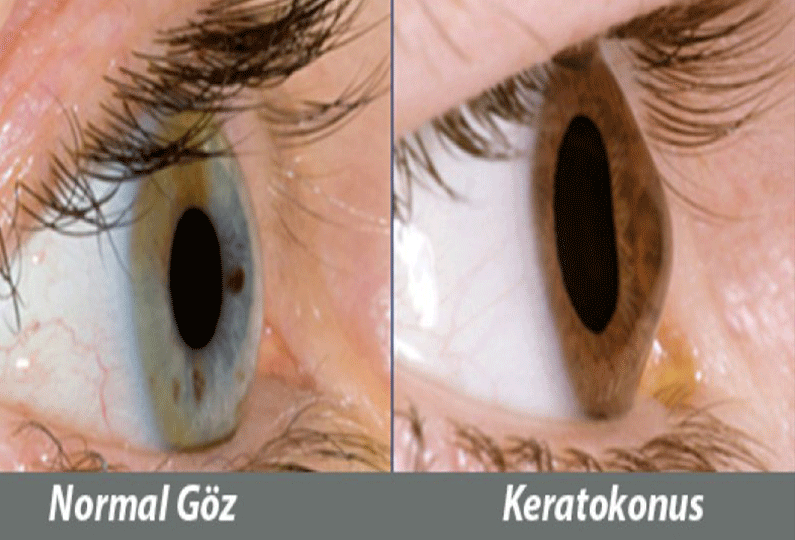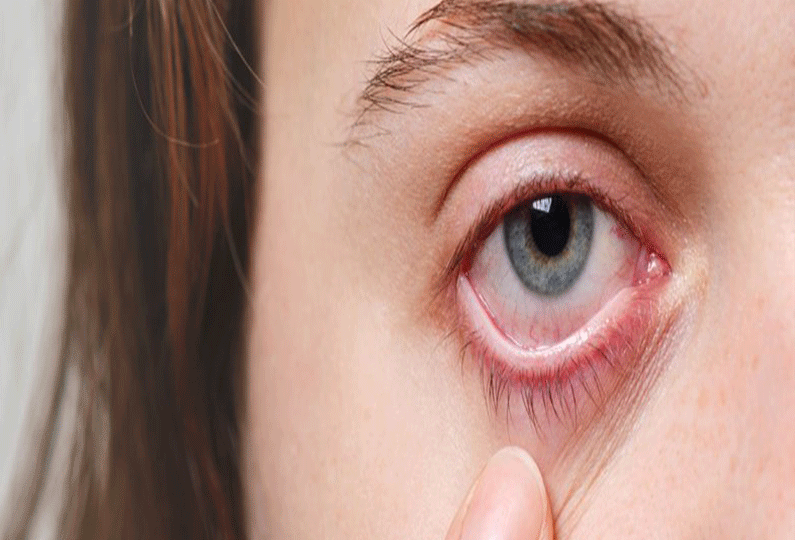Physical Therapy
Physical Therapy
What is Physical Therapy and Rehabilitation?
Physical Therapy and Rehabilitation is a specialty that covers the diagnosis and treatment of physical and functional disorders in the musculoskeletal, nervous or cardiovascular systems.
Physical therapy means the use of physical methods and techniques in the treatment of diseases. The applied physical therapy methods and techniques do not cause any lesions or wounds in our body. The aim of physical therapy is to reduce or eliminate the patient's pain, to increase functional capacity, to regain daily life activities, to restore the functions of the organs and to take their place in society as an independent individual.
In Which Areas Is Physical Therapy and Rehabilitation Used?
- Orthopedic Diseases and injuries
- Neurological and neuromuscular diseases and injuries
- Treatment of acute and chronic pain
- Rheumatic diseases
- Pediatric rehabilitation
- Cardiopulmonary rehabilitation (heart-lung rehabilitation)
- Congenital or acquired joint and bone disorders
- Rehabilitation after burns
- Geriatric (elderly) rehabilitation
- Metabolic diseases (diabetes, osteoporosis, etc.)
- Sports injuries
- Preventive treatment approaches
What are Physical Therapy and Rehabilitation Practices?
After the diagnosis of the disease, an appropriate physical therapy program is planned according to the patient's condition. Physical therapy should be performed under the supervision of a specialist physician. This treatment program may include medication, application of physical therapy techniques and one or more therapeutic exercises.
Heat, light, water agents
- Superficial heat (infrared, hot pack, paraffin, whirlpool bath),
- Deep heat (ultrasound, high intensity laser, TECAR)
- Hydrotherapy (in-pool exercise, contrast bath, spa treatment, underwater massage, whirlpool bath)
Electrotherapy
It is applied by applying current to the body at a certain frequency and intensity. It can be used for the treatment of acute or chronic pain, edema, muscle strengthening or functional training of certain muscles.
Mechanotherapy
It is the application of mechanical devices and apparatus for treatment purposes.
Walking robots, arm robots, traction, spinal decompression (waist-neck pulling), pneumatic compression, CPM devices etc. are used.
Manual Therapy Methods
Manual therapy is a form of physical therapy that is applied only by hand without the use of any devices or machines. In manual therapy, practitioners use only their hands to reduce problems caused by muscle spasm, muscle tension and joint dysfunction.
Therapeutic Exercises
It is one of the most important parts of physical therapy. Individualized exercises designed according to the patient and the condition of the disease should only be given by specialist physicians and physiotherapists.
Daily Life Modifications
During the treatment of the disease, the patient may make some adjustments in his/her daily life. Examples of such adjustments include activity arrangements, adding exercise and sports to daily life, avoiding potentially harmful movements, dietary recommendations, etc.
Prosthesis-Orthosis use
- Prostheses: Apparatus made to imitate the missing limb.
- Orthotics: Apparatus used to protect, support and improve the performance of an existing limb (knee brace, corset, cane, bandage, tape, kinesiotape, etc.).
What is the Duration of Physical Therapy?
Physical therapy is done in sessions. In orthopedic diseases, a total of 10-20 sessions of 1 hour can be applied. In neurological diseases, rehabilitation is usually a longer process, it is applied in 1-2 hour sessions, but the rehabilitation process can last for years depending on the patient's condition.
Are Physical Therapy Applications Painful?
The patient usually does not feel pain during physical therapy applications. However, if the patient has joint restriction, for example a frozen joint, there may be mild pain as the physiotherapist may perform stretching exercises.
What are the Conditions to Watch Out For?
Inflammatory conditions, active periods of rheumatic diseases (periods when the joints are swollen, hot and painful), vascular occlusions, varicose veins, open wounds and infected areas are taken into consideration or applications that are not deemed appropriate by the specialist physician are not performed.
What are the Possible Risks and Side Effects of Physical Therapy and Rehabilitation Applications?
- Physical therapy is a treatment approach with very few side effects and risks. However, undesirable effects such as skin rashes and sensitivity may occur, although rare.
- Very rare side effects are skin hypersensitivity and blood pressure changes.
- Risks are rarely seen in the presence of appropriate technique, adequate medical equipment and experienced medical personnel.
- In order to minimize the incidence of these conditions, you should give detailed information to your doctor about your medical condition before the application. You should inform your doctor about any known drug allergies or diseases.
What is Ozone Therapy?
Ozone is a gaseous molecule consisting of 3 oxygen atoms. The ozone gas we use in ozone therapy is obtained as a result of oxygen passing through high voltage current. In other words, it is obtained from oxygen atoms. Medical ozone gas; It contains 5% O3-95% O2.
How does ozone gas treat?
» It increases the number of white blood cells that fight microorganisms such as viruses and bacteria in our body,
» It increases levels of interferon, which organizes our immune cells,
» Improves the quality and O2 carrying capacity of red blood cells,
» It stimulates the secretion of cancer-killing cells called TNF (tumor necrosis factor),
» It breaks down the cholesterol structures in the vessel and removes vascular occlusion,
» With its powerful antioxidant effect, it neutralizes free radicals that accumulate in the body with age,
» It lowers blood sugar levels,
» In all types of arthritis, it stimulates the production of cartilage and improves the quality of joint fluid, thus increasing the mobility in the joint.
Ozone gas
» Low dose; immune enhancer
» Moderate dose; immunomodulatory
» High doses have immunosuppressive effects
» This means that it is possible to achieve different effects with the same treatment, depending on the dose.
In Which Diseases Is Ozone Therapy Applied?
- Musculoskeletal System
- Lumbar and Neck Hernia
- Joint arthritis (knee, shoulder, hip, neck and waist)
- Shoulder tears and impingement syndromes
- Meniscus tear in the knee
- Heel spur
- Tennis and golfer's elbow
- Fibromyalgia and chronic fatigue syndrome
Circulatory System
- Vascular occlusion and narrowing in the feet and legs, diabetic foot, infected wound, pressure sores, burns, non-healing wounds, osteomyelitis (bone inflammation)
Cosmetic Applications
- Anti-aging, skin resurfacing
- Slimming
In the treatment of hepatitis B and C,
Diabetes
As a support in the treatment of inflammatory rheumatism,
Allergic Asthma
Psoriasis and dermatitis,
What are the Treatment Methods?
Major Method: It is the most commonly used method. With this method, the blood taken between 50-200 ml from the person, the number of treatment sessions and the ozone dose to be applied will depend on the general condition, age and the main disease of the patient.
Minor Method: Between 2 - 5 cc of blood taken from the person is mixed with a determined dose of ozone and injected into the person.
Ozone Delivery to Body Cavities: Rectal - Ozone is given to the person through the rectum, vaginal and ear canal by spraying method.
Giving ozone gas into joints and muscles: In Musculoskeletal System disorders, a certain dose of ozone gas is injected into the joints and muscles of the person with a suitable needle.
Ozone bag: It is used in non-healing wounds and diabetic feet, skin lesions, infections, circulatory disorders, neuropathic pain and restless leg syndrome.
How many sessions are performed?
The number of sessions varies from person to person. It is affected by factors such as the condition of the current disease, the medications used, additional diseases. In most patients, 10 sessions are sufficient to treat the disease. After 10 sessions, reminder doses are recommended at certain intervals (2-6 months). The procedure time is 15-20 minutes.
Are there any side effects?
Ozone is a treatment method with very rare side effects when applied correctly and by specialist physicians. Some very rare side effects; blood pressure increase, headache, numbness in the fingers, temporary change in vision.
It also causes coughing and irritation in the throat when inhaled directly, but this side effect is not likely to be seen in today's treatment methods.
What should be considered during ozone therapy?
All antioxidant treatments such as vitamin C and vitamin E should be discontinued during ozone therapy.
Again, people who will receive treatment should be full. If they are taking diabetes and blood pressure medication, they should take it 2-3 hours before the procedure.
To whom ozone therapy is not applied?
» In the first 12 weeks of pregnancy,
»In patients with favizim (fava bean allergy),
»Patients on ACE inhibitors,
» People who drink too much alcohol,
» In the presence of hyperthyroidism (overactive thyroid gland),
» People with anemia and bleeding disorders,
» People who have recently had a stroke or heart attack,
» In intensive care patients,
» Patients receiving immunosuppressive drugs or in patients with severely suppressed immune systems due to chronic infection,
» End-stage cancer patients,
» It should not be used in those who are allergic to ozone therapy.
As a result, ozone therapy is an innovative treatment method that increases the success rate in the treatment of many diseases when applied by specialist physicians in accordance with the rules, has very limited side effects and can be safely applied in all age groups.
Van Ozone therapy
Ozone Therapy in Van is successfully applied by Specialist Dr. Sedat ÖZTÜRK. You can get information about Ozone Therapy by coming to our hospital.
What is Scoliosis?
Scoliosis is defined as a curvature of more than 10 degrees to the right or left of the spine, which should normally lie in a straight line when the spine is viewed from the back. Scoliosis is not only a one-dimensional angular deformation, but also a bony and structural distortion that affects the body from the front and side, that is, in three dimensions.
Scoliosis is a disorder that can be seen at any stage of life. Genetic transmission is responsible for scoliosis. If the angle of scoliosis is high, the visual impact of the body is very impaired. This cosmetic defect affects these young children at the beginning of puberty not only as a health problem, but also visually, impairs their confidence in their own bodies and leads to psychological problems. Apart from the cosmetic defect, as the angle of curvature of scoliosis increases, complaints such as back and lower back pain, shortness of breath, bloating and rapid fatigue occur due to compression of the lungs and heart in the chest. If the dynamics of the spine are disturbed, it can cause pain. As a result, it can negatively affect quality of life.
What are the Symptoms of Scoliosis?
Scoliosis does not cause any health problems in the early stages, and back pain can be seen very rarely. Therefore, it can be difficult for families to recognize if they are not careful. Symptoms of scoliosis are visual features such as one shoulder being higher than the other, the hips shifting to the right/left or the hips standing high on one side, and uneven posture of the shoulder blades. The healthiest method, which parents should do regularly, is to lean forward with the child's bare back and visually examine whether the spine is in a straight line. At the end of such a check, if scoliosis is present, a protruding elevation on the right or path of the back or in the lumbar region will be noticeable.
Another thing that families should be aware of is that scoliosis can be seen at the age of 10-16 years and since it is not known when it will appear, this spine control should be done at frequent intervals. Particular attention should be paid to children with symptoms of adolescence. When scoliosis is suspected, a physician should be consulted immediately.
What is done during the diagnosis of scoliosis?
After a detailed history is taken and examined by the physician, imaging methods are used. It is possible to make a definitive diagnosis with outpatient spine radiographs. Rarely, advanced radiologic examinations of the spine (MRI films) are also requested to differentiate other causes. In recent years, body topographic analysis systems that do not involve X-rays and allow curvature monitoring have become more frequently used.
The most important thing in scoliosis is early diagnosis. For this reason, families should check the spine of their children between the ages of 10-16 and consult a physician immediately if there is any doubt.
What are the Treatment Steps in Scoliosis?
There are certain algorithms for the treatment of scoliosis. If it is detected early, if it is detected at a low angle, it is a candidate for conservative (preventive) treatments. Treatments in scoliosis include observation, physiotherapy and rehabilitation practices, bracing and surgery.
The treatment of scoliosis depends on the degree of curvature and the stage of growth. Currently accepted non-surgical treatment methods include scoliosis-specific exercises, special scoliosis programs and bracing. The main goal of scoliosis treatment is to prevent the progression of the curve, maintain the mobility of the child's spine, control cosmetic deterioration and prevent surgery.
Exercise applications are extremely important in scoliosis. Three-dimensional scoliosis exercises, known as Schroth exercises, are planned individually for each individual according to the affected body part. The aim is to control the pelvis and the muscles and ligaments around the affected spine and to control body cosmetics. For this purpose, mobilization, spinal traction, flexibility and correct posture control and control of the spine in daily life activities are based. Regular exercises and the use of a correct and biomechanically controlled corset for an appropriate period of time increase the postural balance of the child and control the progression of the angle in scoliosis. Breathing techniques are also included in scoliosis exercise programs. In recent years, there are device-supported programs that allow spinal exercises to be integrated into a game-like environment on the computer. With Valedo, it is possible to work on exercises in standing, sitting and plank positions.
Correction is ideally performed after the age of 10 years, when the risser stage is 0-2 (early stages of bone development), the Cobb angle is between 20-40 degrees and before menarche or within a maximum of 1 year after menarche.
Surgical treatment is applied if the Cobb angle is above 40 degrees in individuals with a high risk of progression, where conservative methods fail. In scoliosis surgery, the spine is moved to the midline with plates and screws and the progression of scoliosis is controlled. In young children, the operation may need to be repeated at certain intervals to allow the spine to lengthen.
What is Cupping (Cupping) Treatment?
Harmful toxins, chemical substances, drug residues on foods that enter our body for various reasons are excreted through urine or sweat. Residues that cannot be excreted naturally accumulate under the skin. Cupping; It is the process of vacuuming these wastes accumulated in the connective tissue by means of cups after very small incisions are made and expelling this dirty blood. In other words, it is a detox process.
How many sessions should cupping be performed?
Healthy people should undergo cupping at least 4 times a year. A thousand years ago, Ibni Sina recommended that those who have no health problems should be done at least 2 times a year. In today's conditions, toxin accumulation is much higher due to non-organic foods, pesticides, pesticides, air pollution. Therefore, cupping should be performed at least 4 times a year rather than 2 times a year.
In which months is cupping treatment performed?
Cupping is recommended for general well-being and to treat some special conditions. In these special cases, there is no specific day or time for cupping and it is performed when necessary. However, for general well-being, it is appropriate to do it on the "three odd days" in the second half of the Hijri month. It is also appropriate to do it on odd days in the second half of the month (days 15, 17, 19, 21, 23, 25, 27). For circumcision, cupping can be performed on Monday, Tuesday, Thursday and Sunday of the week.
Will there be pain during cupping treatment?
During cupping, very short and thin incisions are made in the form of scratches on the skin. When performed by specialist physicians, pain is almost non-existent.
Will there be a scar after cupping?
Since the incisions we make in this procedure are 5 mm deep and 1 cm long, there is no scar. However, deep scars may remain in applications that are not competent and performed by non-physicians. In order to avoid such problems, care should always be taken to be performed by physicians.
In which cases is cupping performed?
- Strengthening immunity without disease,
- For detoxification without disease,
- Lumbar hernia-neck hernia
- Fibromyalgia
- Chronic fatigue syndrome,
- Calcification (knee-shoulder-shoe-foot-neck-waist)
- Migraine
- Sleep disorders
- Mentally relaxing
- Infertility
Are there any side effects?
Cupping is a drug-free treatment method with almost no side effects. Very rarely, some sensitive patients may experience side effects such as dizziness, bleeding, local infection at the scratch sites.
Who is not suitable for cupping?
Pregnant and menstruating women, decompensated heart disease, thrombophilebitis, active wounds, surgical wounds, anemia (hemoglobin below 9 mg/dl), bleeding / coagulation disorders, antiaggregant drug use and cupping on varicose extremities are not applied.
What are the points to be considered before the application?
» Animal food should not be consumed the day before and after,
» Protein-poor foods should be consumed 2 days before and after the application,
» Baths, hammams, saunas, etc. should be done after 48 hours,
» You should fast for 3 hours before cupping,
» Sexual abstinence should be done one day before and one day after.
Van Cupping Treatment
Cupping Treatment in Van is successfully performed by Specialist Dr. Sedat ÖZTÜRK. With cupping treatment, we successfully treat diseases such as immune strengthening, detoxification, sleep disorder, herniated disc, cervical hernia, fibromyalgia in our clinic. We also welcome you to our clinic for cupping treatment.
IV Glutathione Therapy
IV therapy: the process of giving solutions such as vitamins and minerals through an intravenous drip.
Glutathione is an antioxidant found in all cells in the body that protects cells from free radical damage. Free radicals are known to cause cancer and many other chronic diseases. Therefore, antioxidants such as glutathione destroy these harmful compounds.
Glutathione is the most powerful antioxidant known in our body. Over time, the level of glutathione in our body decreases, resulting in old age and chronic diseases. This is where intravenous glutathione therapy comes into play. Since oral glutathione absorption is low, its effectiveness is very low compared to intravenous treatment.
IV Glutathione; Fibromyalgia, Chronic fatigue syndrome, Inflammatory rheumatism, Reducing the side effects of chemotherapy in cancer treatment, Multiple sclerosis, Parkinson's, Diabetes, Hypertension. It is used for anti-aging and immune boosting without any disease.
IV High Dose Vitamin C
Vitamin C; It takes part in collagen synthesis in the body and provides elasticity of tissues. It creates an antioxidant effect by retaining free radicals such as glutathione. It also acts as a catalyst for immune cells.
No matter how high vitamin C we take orally, its absorption is very limited. Therefore, it is necessary to take high doses intravenously to achieve these effects.
While vitamin C has an antioxidant effect at the doses we take daily, it has a prooxidant (cell-killing) effect at high doses. This effect is utilized in cancer treatment.
Vitamin C; 0.1-10 gr doses are antioxidant, 10-30 gr doses are pro-oxidant, doses over 30 gr (1-1.5 gr doses per kg) are oxidant doses.
High Dose Vitamin C; Immune strengthening, Fibromyalgia, Chronic fatigue syndrome, Used as support for chemotherapy in cancer treatment.
Myers Cocktail
Myers Cocktail contains high doses of various vitamins and minerals given intravenously. Vitamins and minerals are mixed with serum and administered intravenously. It contains Magnesium, Calcium, Vitamin B1, Vitamin B5, Vitamin B6, Vitamin B12, Folic Acid and Vitamin C.
Myers cocktail; Fibromyalgia, Chronic fatigue syndrome, Migraine, Asthma attacks, Upper respiratory tract infections such as colds and flu have proven effective.
In IV therapies, people are examined in detail and personalized treatment regimens are applied.
